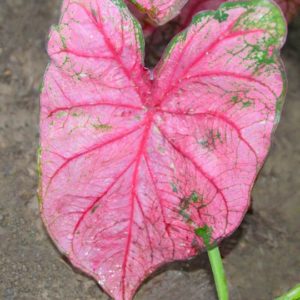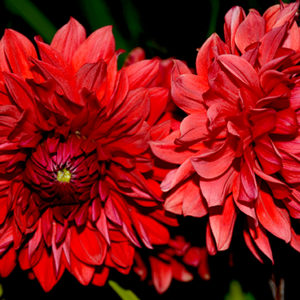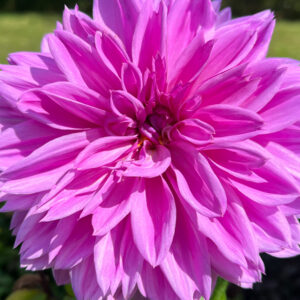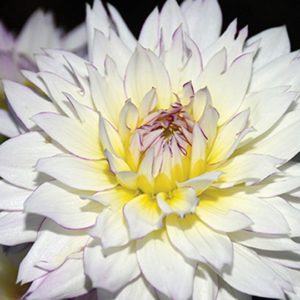Description
 The Yellow Spider Lily,
The Yellow Spider Lily,
Lycoris radiata – 1 Bulb
The Lycoris is a family of bulbs native to China and Japan. The spider lilies, Lycoris aurea and Lycoris radiata, were introduced into Europe in the mid-1700s. Lycoris squamigera was introduced into Europe in 1888. It is native to Japan. The name, Lycoris, comes from the Latin name of the mistress of Marc Antony.
Like Amaryllis, to which Lycoris are related, the bulbs produce flowers in the fall and leaves in the spring. They do not produce flowers in the spring, but the extravagant blossoms they produce in the fall are great assets to the weary autumn garden.
In late August to October, Lycoris squamigera produces huge, pink, trumpet-shaped blossoms as many as 6 to a flower stem. Each blossom is 6-8 inches long. The flower stems are 24+ inches tall.
Planting Lycoris in Your Garden
Most of the Lycoris are only hardy in Hardiness Zones 7-10, but Lycoris squamigera is hardy to Zone 4 with heavy fall mulching.
To plant Lycoris in the ground in mid to late summer, dig holes that are 8-10 inches deep and dust the holes with bone meal (1/2 cup per bulb). Place the bulb in the hole, pointed side up, and fill the hole with soil. Lycoris prefer organically rich soil, so mixing peat moss, compost, and/or dehydrated cow manure into the soil produces stronger plants and more flowers.
When the leaves begin to emerge in the spring, fertilize with a balanced fertilizer (10-10-10, 5-5-5 for examples). When the leaves are full grown, a second application of fertilizer should be done. This time the fertilizer should be high in potash and phophates (3-6-6, 5-10-10 for examples).
Lycoris cannot stand wet feet. They need well drained soil, and if they do not have this, they will rot quickly. All Lycoris need a period of dryness during the early to mid-summer in order to encourage the bulbs into dormancy. After the leaves have died, do not water until the flower spikes start to emerge.
Dividing or moving Lycoris should be done in the late spring of the year after the leaves have died back. The small bulbs should be removed from the main bulb and planted in shallow holes no more than 3 inches deep. In two years, these small bulbs can be replanted in 8-10 inch deep holes.
Planting Lilies in Containers
Lycoris LOVE being grown in containers, but the containers must be deep – at least 10-12 inches. Use the soil mix described in detail in our Harvesting History YouTube video. Do not use prepared soil mixes.
The Best Soil Mix for Containers
Briefly the soil mix is 60% topsoil, 20% peat moss and 20% compost or dehydrated cow manure. You can plant according to the following chart:
| Type | 10-12 Inch | 14 Inch | 18 Inch |
| Lycoris radiata | 3 Bulbs | 5 Bulbs | 8 Bulbs |
Plant the bulbs 8 inches deep. Dust the hole with ½ cup bone meal per bulb. Cover the bulbs with 8 inches of soil. Water heavily, but do not allow the pots to stand in water. Once the Lycoris have emerged from the soil, fertilize according to the above schedule.
In the fall, when the top growth has died completely back, remove the dead growth and dust the surface of the soil with bone meal. Apply 2-4 inches of mulch and move to a protected area if being grown in Hardiness Zones 4-6.





